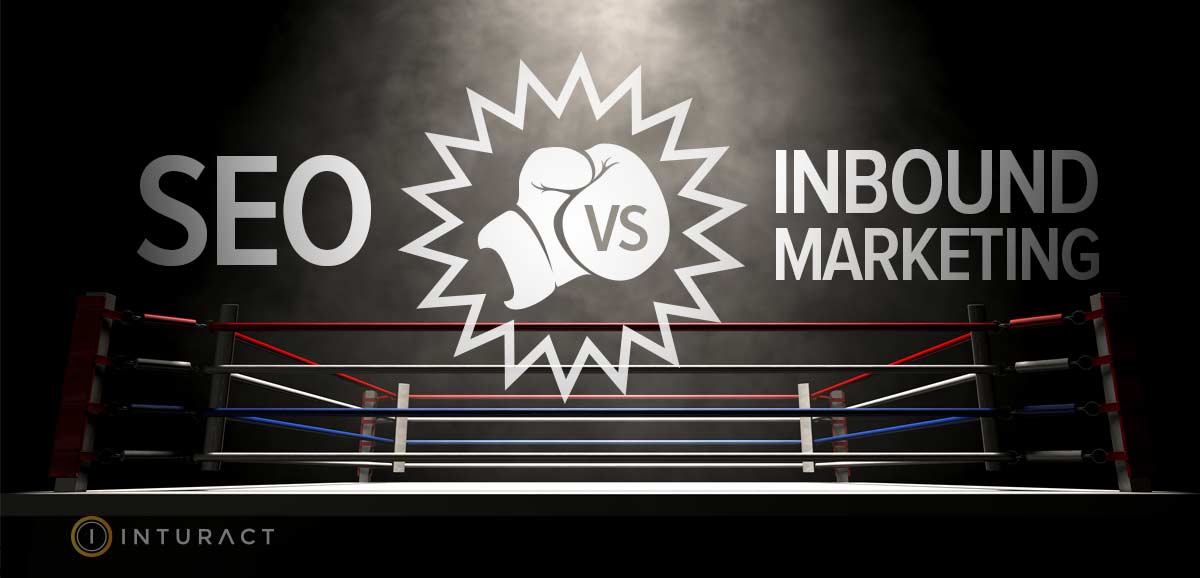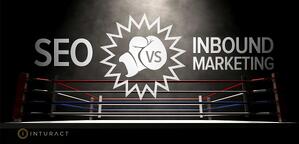
You may have seen the headlines spouting that SEO is dead. Gone. Kaput. But is it really? Yes and No. Let's take a step back into what SEO was, where it is now, and how inbound marketing plays its role in your SaaS marketing strategy.
The SEO Ways of Old
In the early stages of search engine optimization, there was a heavy focus on keywords. White hat markers focused on keyword density, while trying to weave them in as naturally as possible within the content of their pages. Black hat marketers presented barely legible sentences chock-full of keywords, also known as keyword stuffing (the practice of loading a webpage with keywords or numbers in an attempt to manipulate a site's ranking in search results).

As much as marketers try to outsmart the search engines, they always lose. With Google updates, like Panda, Penguin and Hummingbird, a new emphasis on quality content arose – hence the influx of blogging and content marketing.
If interested, you can keep up with the larger Google Algorithm changes on MOZ here.
What is Most Helpful for Your Prospects and Customers?
Let’s put the investment question on hold for a minute. Instead, focus on taking a more holistic approach and honing in on what will be most helpful for your prospects and customers. If you try to cheapen your content by cramming keywords or creating blogs that are really hidden sales pitches, you are not outsmarting anyone. Your best bet is to invest in quality buyer persona marketing that aims to truly solve your prospects’ problems.
Happy Search Engine + Happy Prospect = Increased Organic Traffic
Think of it from Google’s perspective. If they serve up the most relevant search engine results, their users are happy. Even better, their advertisers are happy because they have a higher reach and opportunity to convert qualified leads. If instead the links that come up are full of SEO keywords and bait and switch tactics, users will find another search engine to use and advertiser money dries up.
By producing content that your prospects are already looking for you can please Google, and your prospects, in one fowl swoop. The more Google thinks your site is relevant to a keyword search, the better chance you’ll rank higher, and the more traffic you can drive to your site organically. Let’s face it, Google is thinking more and more like humans, and it wants great content just as much as we do. But there are other factors as well.
Increasing Organic Search Results & Personalization
What pops up on page 1 of Google for me will be completely different for what pops up on page 1 for you. If you happen to be signed into your Google account and have not adjusted your settings, you are seeing personalized results compliments of Google. They have studied your patterns, pages you’ve viewed, pages your friends have viewed and so on to determine what it thinks you will want to see. Google has moved way beyond basic keyword search to determine what comes up in its search algorithm. It has shifted to personalized search so it can be even more relevant and helpful to you (and to advertisers trying to reach you).
This is actually really great news for companies who do not have millions to throw at an SEO/SEM budget or for those who haven’t been around as long. If you recently took your service to market, you will find it very difficult to compete with other factors that affect search ranking: URL/website age, the amount of pages indexed, reviews, social media presence and more. What you can compete on is tapping into personalization.
Investing in your inbound marketing program and utilizing a sophisticated marketing automation platform, like HubSpot, you can create a very personalized experience with your content. If your content is heavily visited and shared, this sends signals to Google that your content is authoritative. Like-minded people of those who have downloaded your content will more likely be served it via Google. Additionally, if those who view your content also share it on social media, that becomes an even greater signal to Google, and our content will rise organically and snowball from there. (Stay tuned for when we publish a deeper dive into content personalization.)
Conclusion
So, the answer to invest in SEO vs. inbound marketing is a moot point. The answer is you should invest in both, but realize the SEO you have heard about in the past is in fact dead. There’s a new way to succeed in increasing your organic traffic, and it all comes down to creating helpful, relevant content to your buyer personas. The rest is utilizing the right tools to drive the right traffic.
Also see 3 SEO Strategies to Leave Behind in 2014 & Alternatives for 2015 for more ideas on what to keep and what to leave in the coming year
Also Check Out:



